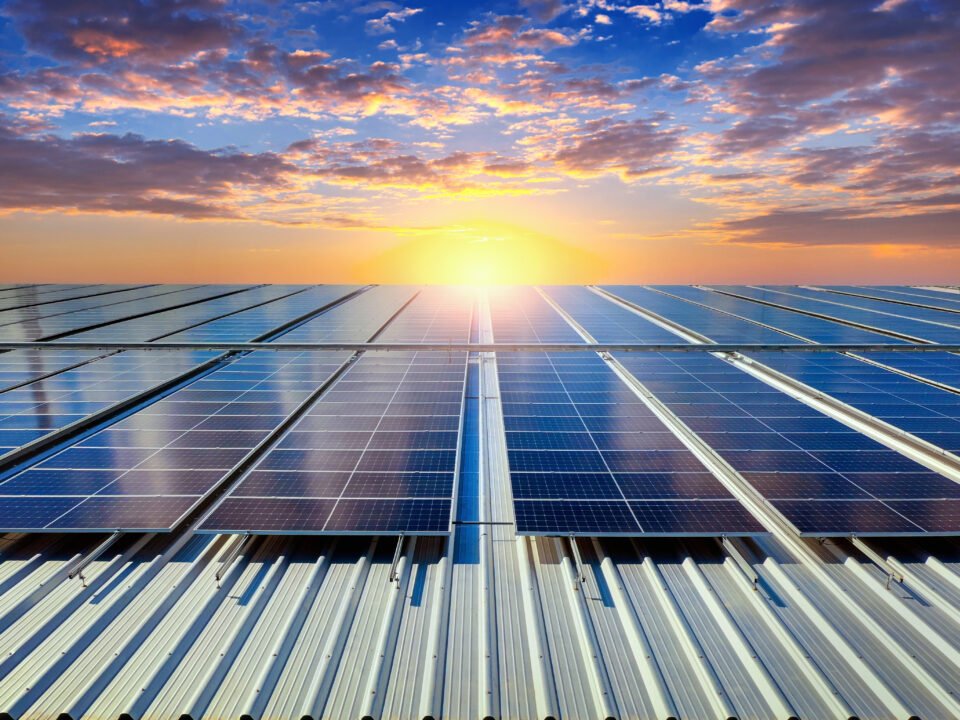Why You Should Focus on Improving Wind Energy
India is glorious with tremendous renewable energy resources and especially with wind energy resources. Assessing the ability of wind power capacity to change the country’s energy scenario is crucial for the short-term production of wind turbine systems.
Wind turbines’ capacity has been significantly increased, and therefore increasingly durable, effective and inexpensive for power manufacturers.
Such variations are seen in several specific fields-rotors, sensors, electronics, and gearboxes – but modern wind power development has always aimed for the same goal of economic wind power production.
India ranks fourth position worldwide in wind energy conversion/usage. Wind power provides numerous advantages, which is why it is one of the world’s fastest rising sources of energy. The article addresses the benefits of the country’s emerging wind energy as well as multiple solutions to the growth and expansion of wind energy usage.
Wind Energy – Environmental Impacts
The production of power by wind energy will reduce the impact of using fossil fuels on the atmosphere. While wind energy consumption in the U.S. is proliferating, policy legislation to assist local communities and stakeholders in evaluating and preparing potential wind energy projects does not exist. Wind-Energy Sector Environmental Impacts include an overview of climate and wind energy limitations as well as an analysis tool for guiding sector decision-making.
Wind Energy – Environmental Benefits
When switching electricity generation using other sources of energy, the economic benefits of wind energy rise and the negative environmental impact of those generators are replaced. Since wind energy usage does have some negative consequences, the argument that a wind power project provides net environmental benefits implies that all its detrimental effects are less than the adverse effects of the generator it carries.
This emphasis was introduced because those pollutants are well defined, and the evidence is readily available, which is to the advantage of reducing air pollution, especially greenhouse gas emissions. There has also been a small emphasis on the effects of lowering ambient pollution, as the connection between carbon pollutants and energy generation from specific types of power sources is well established.
Wind Energy – Economic Advantages
1. Green
Wind power is a renewable source of energy. Taking advantage of renewable wind energy does not pollute the atmosphere, almost all other fossil fuels, coal, and nuclear plants do.
Yes, the manufacture, transport and construction of a wind turbine add marginally to global warming, but the generation itself does not cause greenhouse gas emissions at all.
2. Enormous Potential
The wind energy capacity is unbelievable. Many independent research teams made the same findings: the global wind power capacity is over 400 TW (terawatts).
Wind energy is almost anywhere, feasible to harvest. The financial viability of a resource is another concern.
3. Renewable
Wind occurs naturally, and no one can empty the energy resources. Wind energy comes from the sun’s nuclear fusion processes.
So long as the sun shines, you can use wind power on earth. Fossil fuels (e.g., oil and gas), which are very much core of our society today.
4. Effective Space
The biggest wind turbines will generate enough power to satisfy the energy demand of 600 U.S. homes on average. The wind turbines can’t be put too close, but the ground between them can be used. This is why most farms are more advantaged than solar panels by installing wind turbines.
5. Rapid Annual Growth
Although wind power represents just approximately 2.5% of the global electricity supply, its potential is incredibly high, at 25% annually. This not only aims to combat global warming but also helps to reduce costs:
6. Decrease in Prices
After 1980, prices have fallen by more than 80%. Prices are expected to continue falling in the foreseeable future, due to technological advances and increasing demand.
7. Low Running Costs
Generally speaking – operational costs continue to be low until turbines are designed and installed first. Nevertheless, not all wind turbines are made equal, and some are more maintenance-sensitive than others.
8. Strong Domestic Ability
Consumers can generate their wind power energy just as they do with the most reliable solar panels (photovoltaics).
9. Clean Fuel Source
Wind energy does not pollute the air like fossil fuel sources like coal or natural gas that produce particulate matter, nitrogen oxides, and sulfur dioxide – creating people’s health and economic issues and harm. Wind turbines do not generate ambient pollution, smog, or greenhouse gas emissions.
10. Creates Jobs
One of the most rapidly growing global employments during the decade is a wind turbine technician. The wind industry has billions to spend in private and hundreds of thousands of good-paid jobs. The latest report indicates that wind will sustain over 600,000 productions, construction, repair, and operation support jobs by 2050.
Final Words:
The quality of a wind resource is the volume of energy required to produce wind power. Wind power’s potential looks bright. For over 10 years, many huge wind farms were being built, both on and offshore.



